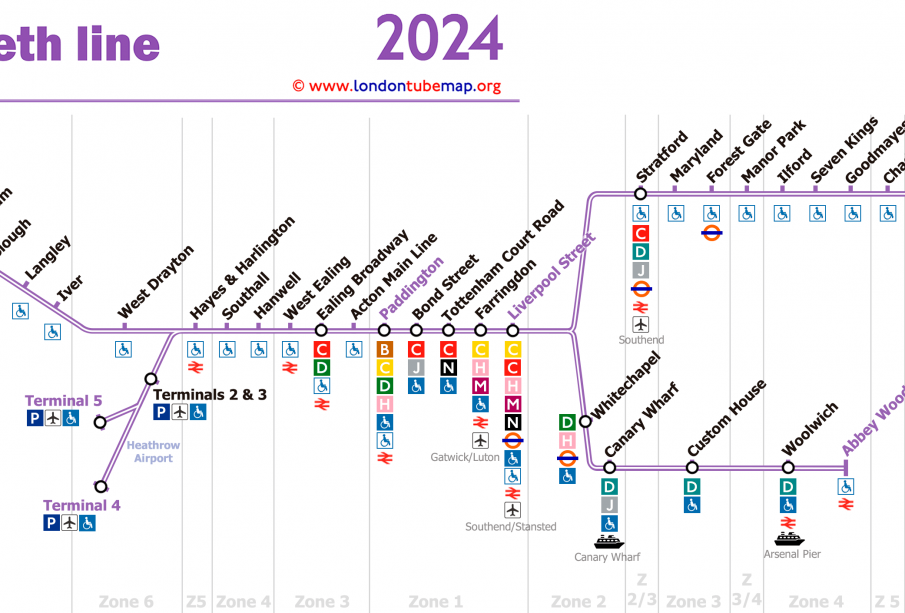Understanding the Elizabeth Line: Latest Updates and Significance

Introduction
The Elizabeth Line, a major rail project in London, represents a significant advancement in the city’s transport infrastructure. Officially opened to the public in May 2022, this £19 billion project connects central London with the surrounding boroughs and beyond, enabling faster travel and improved connectivity. With the ongoing impact of urban development and increased transportation demands, the relevance of the Elizabeth Line remains crucial for both commuters and local businesses.
Current Developments
Since its launch, the Elizabeth Line has undergone several updates aimed at enhancing services and rider experiences. Recent reports indicate that the line is experiencing increased passenger usage, with figures surpassing initial projections. As of September 2023, the average daily ridership has reached approximately 150,000, highlighting its success and acceptance among Londoners. Additionally, Transport for London (TfL) has announced plans to extend services further and increase the frequency during peak hours to accommodate rising demand.
Furthermore, the Elizabeth Line is integrated with existing transport services, making it easier for passengers to switch between rail, underground, and bus services. The line features 41 kilometers of new tracks, connecting 10 new stations and offering a seamless journey across London.
Connecting Communities
One of the primary goals of the Elizabeth Line is to enhance accessibility for underserved areas. By linking regions such as Reading and Abbey Wood, the line fosters economic development by encouraging business growth and facilitating easier commutes. Developers are already noting an increase in property values along the line, which is expected to generate long-term economic benefits for local communities.
Conclusion
The Elizabeth Line is not only a significant feat of engineering but also a vital component of London’s transport system. With ongoing usage and future enhancements in the pipeline, this project sets a benchmark for other cities aiming to improve public transport systems. As London continues to grow, the line is positioned to support this expansion and enhance daily life for its residents, making it an essential feature of the city’s infrastructure.









